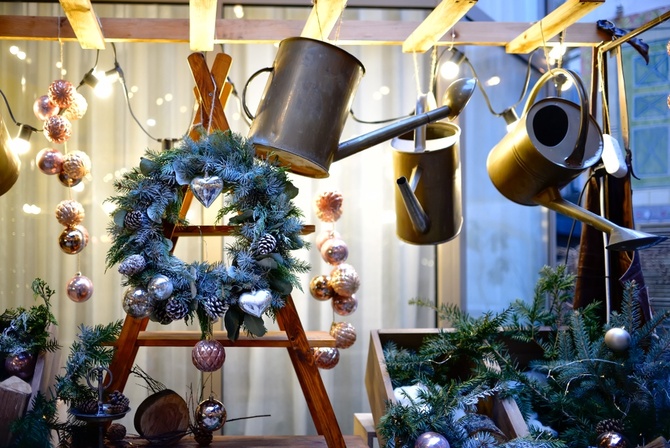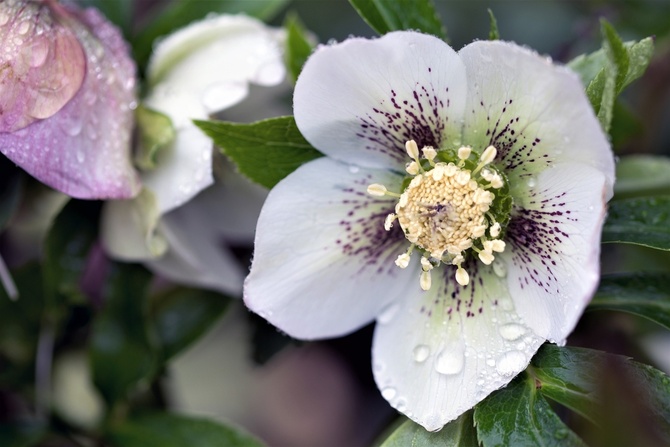Hellebores are deservedly garden favourites with their winter and spring flowers providing colour throughout the bleak months. Helleborus niger, the Christmas rose flowers usually in February but it can be grown In a cold greenhouse if it is wanted in flower to provide Christmas decoration.
Helleborus orientalis and Helleborus hybridus have a remarkably long flowering period from winter until well into spring. Their attractive nodding flowers add grace to any border. Hellebores are pretty undemanding and have a preference for light shade but can be grown in a sunny spot provided that the soil does not dry out too much. Hellebores will seed themselves in the border and each seedling will be unique. Weed carefully amongst your plants and you will have many free ones to plant elsewhere.
Types of Hellebore: 5 popular varieties

- Hellebore Niger (Christmas Rose): This hardy species is known for its striking white flowers that can bloom even in the snow. The Christmas Rose adds a touch of magic to any winter garden.
- Hellebore Orientalis (Lenten Rose): With a wide range of colours and beautiful drooping petals, the Lenten Rose is a favourite among garden enthusiasts. From deep pink to soft cream shades, these flowers are a promise of spring in early winter.
- Hellebore Foetidus (Stinking Hellebore): Despite its name, this variety is a green beauty with gracefully cut leaves. The Stinking Hellebore adds a touch of elegance to shady gardens.
- Hellebore Argutifolius (Corsican Hellebore): With striking green flowers that hang like bells, the Corsican Hellebore brings a subtle charm. Perfect for gardens in need of a touch of wild beauty.
- Helleborus Hybridus (Christmas Rose Hybrids): A beautiful mix of colours and shapes, these hybrids offer a wealth of variation. From deep purples to soft pastels, there is a Christmas Rose hybrid for every garden.
When and how to plant Hellebore

The best time to plant Hellebore is in autumn or spring. Choose a location with well-draining soil and partial shade. Dig a hole twice as wide as the root ball and plant the Hellebore at the same depth it was in the pot—water generously after planting.
Caring for Hellebore
- Hellebore is known for its robustness, but some care will promote blooming:
- Watering: Regular, but moderate watering is essential, especially during dry periods.
- Mulching: A layer of mulch around the plant protects the roots and keeps the soil moist.
- Pruning: Remove dead leaves and flowers to keep the plant healthy.
- Fertilizer: In spring, you can apply a balanced fertilizer to promote growth.
Where to plant Hellebore

Hellebore thrives in pots and can be a charming addition to patios or balconies. Choose a pot with drainage holes and fill it with well-draining potting soil. For beautiful arrangements, you can combine Hellebore with other hardy plants and decorative elements like pine cones and ribbons.
At our garden centre, just 4 miles N of Hereford on the A4103, you'll find an extensive selection of beautiful Hellebore plants. Our expert staff is ready to provide advice on the best varieties and care tips. Pay a visit and discover the enchanting world of the Hellebore!




